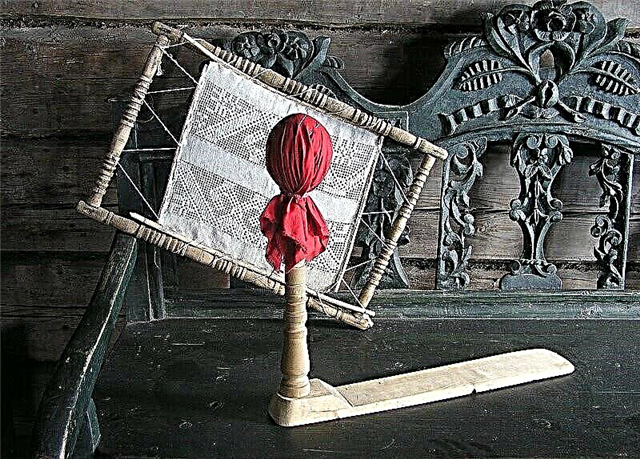Share
Pin
Tweet
Send
Share
Send
Luxurious flowers on the fabric - half the success of this magnificent bedspreads. But the best part is that this model is ideal for beginners.
Fabric A (with floral pattern) 4.40 m long, 114 cm wide
Fabric B (with a small red pattern) 4.40 m long, 114 cm wide
Fabric C (thick cotton fabric for fringing) purple-pink color, 80 cm long, 110 cm wide
Red cotton threads
Magic crayon
Curved (or just large) quilting safety pins
Thick machine quilting foot
X / b volumenfliz size. 210 x 160 cm
SIZE of bedspreads: 150 x 200 cm.
About Patchwork: the main tone in the model is uniquely set by a beautiful fabric. Bright, juicy red tones of Japanese cotton and large, detailed flowers are magically attracted to you.
TRAINING: all sizes include allowances for 1 cm seams. Pre-wash the fabric at 40 degrees, dry and iron.
OPEN FABRICS:
Fabric A cut to size. 200 x 100 cm (upper side) and 220 x 50 cm (lower side).
Cut fabric B into 200 x 50 cm (upper side) and 220 x 100 cm (lower side).
Fabric C: Cut out 11 strips of the size. 7 x 110 cm (for edging).
SEWING FABRIC FOR TOP AND BOTTOM PARTIES: for the upper side, cover the fabric, And chop it with a width of 100 cm and then grind it with a fabric of 60 cm wide along a 200 cm length cut face to face. Stitch fabrics A and B in the same way for the underside of the bedspread.
BASTING AND SEWING COVERED: Lay the bottom side of the bedspread face up, fabric A is located on the left.Put the non-woven on the underside, around it should slightly protrude. On the non-woven fabric, put the top side of the bedspread face up, the fabric, while it is on the right. The underside and the non-woven protrude slightly.
Chip off all three layers of the cover with safety pins from the center to the periphery at regular intervals so that the layers of the cover do not move during grinding. On the upper side of the bedspread, mark parallel longitudinal lines at 8 cm intervals with a magic tailor's chalk. Sew these lines with the help of a special presser foot of the machine.
EDGING COVERED
After quilting, trim the protruding edges of the lower layers. For fringing, separate strips of fabric C sew into one long strip. Lay the first strip horizontally, the second vertically so that a right angle forms, and the upper end of the second strip lies on top (see Fig. 1).
Stitch both strips with a diagonal seam from left to right to down. The angle must be cut to 7 mm of allowances (see. Fig. 2). Stitch all strips in the same way, iron allowances. Fold the finished edging in half along the wrong side inwards and iron. Now lay the strip on the bedspread, combining open sections and chop, starting from the middle of each side. Stitch the border to the edge of the bedspread, the width of the seam is 1 cm. At the same time, leave the first 25 cm of the border open. Sew without reaching 1 cm to the corner of the bedspread and fasten the end of the seam with stitches in the opposite direction. Fold the border strip at an angle of 45 degrees up (see Figure 3.) and then at an angle of 90 degrees down (see Figure 4).
As a result, the open cut again lies flush with the cuts of the bedspread. Now flash to the point where you stopped, and do the same with the next side and corners. When you get to the beginning, sew without reaching 25 cm to the starting point. Check the length of the edging - one end should cover the other by 2 cm. Cut the rest of the edging in a straight line.
Fold the open sections of the edging so that they fit together. Stitch the end and the beginning of the strip face to face. Flatten the seam and fold the strip in half again. Sew the border to the end. Fold the strip on the underside, laying the corners. Sew the hem manually with fine stitches.
All photos: Anna Uiyalms, from the book of Zholy Guverson "Patchwork at the last minute", text: Christina Limberger.
Share
Pin
Tweet
Send
Share
Send








